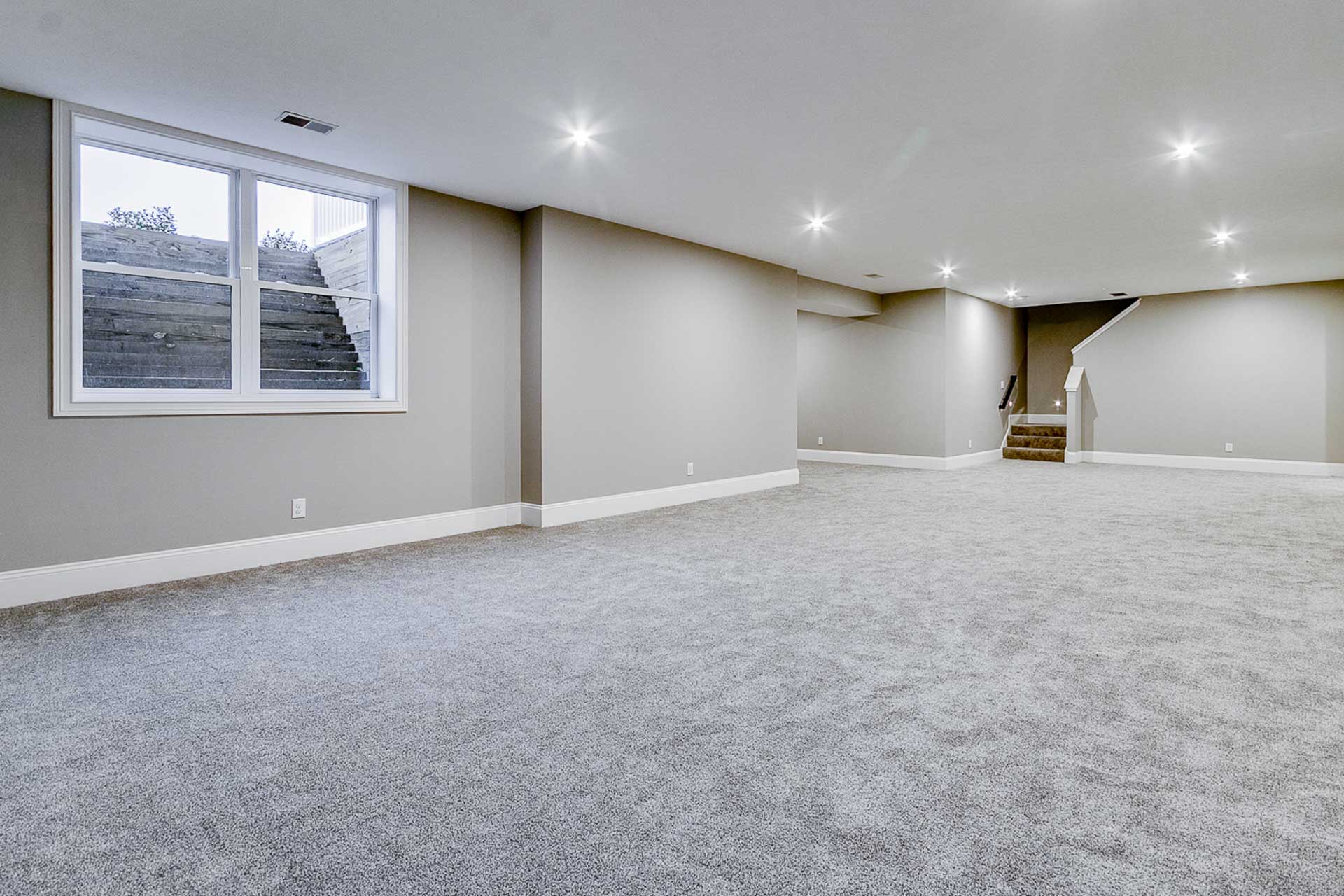

Articles
How Much To Carpet A Basement
Modified: May 6, 2024
Looking for articles on how much it costs to carpet a basement? Get the answers you need and find affordable options for your basement flooring projects.
(Many of the links in this article redirect to a specific reviewed product. Your purchase of these products through affiliate links helps to generate commission for Storables.com, at no extra cost. Learn more)
Introduction
When it comes to creating a comfortable and inviting living space, carpeting is often the go-to option for homeowners. And when it comes to finishing a basement, carpeting can transform what was once a cold and uninviting space into a cozy retreat.
Basements offer a unique set of challenges when it comes to carpeting. They tend to have higher levels of moisture, which can lead to mold and mildew if not properly addressed. Additionally, basements often have concrete floors that require extra preparation before carpeting can be installed.
In this article, we will explore the factors that influence the cost of carpeting a basement, how to measure and estimate the carpet area, the different carpet materials suitable for basements, various carpeting options, the average cost of basement carpeting, additional costs to consider, the pros and cons of DIY versus professional installation, and some money-saving tips.
So, if you are considering carpeting your basement and want to know how much it may cost, keep reading to find all the information you need to make an informed decision.
Key Takeaways:
- Transform your basement into a cozy retreat with carpeting, but consider factors like size, material, and installation costs to make informed decisions and create a beautiful space that fits your budget and style.
- Save money on basement carpeting by setting a budget, shopping for deals, considering DIY installation, and maintaining proper ventilation. Smart choices and strategic planning can minimize expenses without compromising quality and comfort.
Read more: How To Carpet A Basement
Factors Influencing the Cost of Basement Carpeting
The cost of carpeting a basement can vary significantly depending on several factors. Understanding these factors can help you estimate the overall cost and make informed decisions. Here are the key factors that influence the cost of basement carpeting:
- Size of the Basement: The size of your basement, measured in square feet, is one of the primary factors influencing the cost. The larger the area, the more carpet material you will need, resulting in higher costs.
- Carpet Material: The type of material you choose for your basement carpeting will have a significant impact on the cost. Carpets made of natural fibers like wool are generally more expensive than synthetic options like polyester or nylon.
- Carpet Quality: The quality of the carpeting also plays a role in the cost. Higher quality carpets, with better durability, stain resistance, and overall longevity, tend to be more expensive.
- Carpet Padding: The padding or underlayment used beneath the carpet can add to the cost. Higher quality padding can provide better insulation, noise reduction, and comfort, but it comes at a higher price.
- Installation Costs: The cost of professional installation will vary depending on factors such as the complexity of the project, the type of carpet, and your location. DIY installation can save money but may require additional tools and expertise.
- Subfloor Preparation: Basements often have concrete floors that may require additional preparation before carpet installation. This can include moisture barriers, leveling, or repairing any damage, which can add to the overall cost.
- Additional Features: If you plan to add any additional features like stairs, alcoves, or intricate patterns in your basement carpet, the cost will naturally increase.
- Location: The cost of materials and labor can vary depending on your location. Areas with a higher cost of living tend to have higher overall costs for carpeting.
Considering these factors and creating a budget for your basement carpeting project will help you determine a realistic cost estimate. It’s essential to prioritize your needs and ensure that you choose a carpet that fits your budget while meeting your desired quality and aesthetic preferences.
Measuring and Estimating the Carpet Area
Before you begin the process of carpeting your basement, it’s important to accurately measure and estimate the carpet area. This will help you determine how much carpeting material you will need and avoid any unnecessary costs. Here are the steps to measure and estimate the carpet area in your basement:
- Clean and Prepare: Clear out any furniture or clutter from the basement to get an accurate measurement of the floor area. Sweep or vacuum the floor to ensure it is clean and free of debris.
- Draw a Floor Plan: Create a simple floor plan of your basement using graph paper or a digital tool. Include any alcoves, nooks, or irregularly shaped areas in your drawing.
- Measure the Walls: Use a tape measure to measure the length of each wall in the basement. Note down the measurements on your floor plan.
- Calculate the Square Footage: To calculate the square footage, multiply the length of each wall by the corresponding height from the floor to the ceiling. Add up these measurements to get the total square footage of the basement.
- Consider Unusable Areas: If there are areas in the basement that cannot be carpeted, such as utility closets or storage spaces, subtract their square footage from the total calculated in the previous step.
- Allow for Wastage: It’s always a good idea to add a little extra for wastage and cutting allowances. Most experts recommend adding around 10% to the total square footage to account for any mistakes or uneven floor areas.
- Convert to Yards or Square Meters: Depending on the measurement units used by carpet retailers, convert the square footage to yards or square meters to determine how much material you will need to purchase.
By following these steps, you will have a clear understanding of the carpet area in your basement and can proceed with confidence when purchasing the necessary materials.
It’s important to note that these measurements are just a starting point and may need adjustment based on the carpet style, pattern, and specific installation requirements. Consulting with a professional carpet installer or retailer can provide further guidance and ensure you obtain the correct amount of carpeting for your basement.
Selecting the Right Carpet Material
Choosing the right carpet material for your basement is crucial to ensure its durability, comfort, and suitability for the space. Basements often have higher levels of moisture, so selecting a carpet material that can withstand these conditions is essential. Here are some popular carpet materials to consider:
- Nylon: Nylon is one of the most durable and versatile carpet materials available. It is resistant to stains, fading, and wear, making it a popular choice for high-traffic areas like basements. Additionally, nylon carpets are known for their softness and comfort underfoot.
- Polyester: Polyester carpets are known for their luxurious feel and vibrant colors. They are resistant to stains and fading, making them a suitable choice for basements. However, polyester is more susceptible to crushing and may not be as durable as nylon in high-traffic areas.
- Olefin (Polypropylene): Olefin carpets are resistant to moisture, mold, and mildew, making them an excellent choice for basements with higher humidity levels. They are also highly stain-resistant and easy to clean. However, olefin carpets may not be as soft or luxurious as nylon or polyester options.
- Wool: Wool is a natural fiber known for its durability and luxurious feel. Wool carpets are hypoallergenic, eco-friendly, and can effectively regulate humidity in the basement. However, wool carpets tend to be more expensive and require more maintenance than synthetic options.
- Blend: Some carpets are made from a blend of different materials, such as nylon and polyester or nylon and wool. These blends offer a combination of durability, softness, and affordability. They can be a good option for basements where you want a balance between comfort and cost.
When selecting the right carpet material for your basement, consider factors such as the level of moisture in the space, the level of foot traffic, your budget, and your desired aesthetic. It’s also important to choose a carpet that is resistant to mold and mildew, easy to clean, and suitable for your specific basement conditions.
Consulting with a professional carpet retailer or installer can provide valuable insights and help you make an informed decision based on your specific needs and preferences. They can guide you towards the best carpet material that not only meets your requirements but also complements the overall design of your basement.
Different Carpeting Options for Basements
When it comes to choosing the right carpeting option for your basement, there are a few factors to consider, such as moisture resistance, durability, and comfort. Here are some popular carpeting options that are well-suited for basements:
- Carpet Tiles: Carpet tiles are a versatile and practical option for basements. They come in small, individual squares that can be easily installed and replaced as needed. Carpet tiles are resistant to moisture and can withstand heavy foot traffic. They also offer the flexibility to create unique patterns and designs in your basement.
- Waterproof Carpet: As basements are often prone to moisture-related issues, using a waterproof carpet is crucial. These carpets have a backing that prevents moisture from seeping through to the subfloor. Waterproof carpets are typically made from synthetic materials, such as nylon or olefin.
- Indoor/Outdoor Carpet: Indoor/outdoor carpets are designed to withstand exposure to moisture and are a suitable option for basements. They are typically made from durable synthetic materials that resist mold and mildew. These carpets are also easy to clean, making them a low-maintenance choice for basement environments.
- Berber Carpet: Berber carpets are known for their looped pile construction, which makes them highly durable and resistant to wear and tear. They are a great option for basements with high foot traffic. Berber carpets are available in various colors and styles, offering a contemporary and visually appealing choice.
- Carpet with Moisture Barrier: Some manufacturers offer carpets with a built-in or separate moisture barrier. These barriers provide an additional layer of protection against moisture and help prevent mold and mildew. This option is especially useful for basements with higher humidity levels.
When choosing the right carpeting option for your basement, consider factors such as the level of moisture, the intended use of the space, and your personal preferences. It is also recommended to consult with a professional carpet retailer or installer to find the best option that suits your specific needs and budget.
Additionally, remember to take proper care and maintenance measures for your basement carpet, such as regular vacuuming, proper cleaning techniques, and addressing any moisture issues promptly to ensure the longevity and comfort of your carpeted basement.
When calculating the cost to carpet a basement, consider the size of the space, the type and quality of carpet, and any additional installation or padding costs. It’s also important to account for any potential obstacles or irregularities in the floor that may affect the installation process.
Read more: How To Install Carpet In A Basement
Average Cost of Basement Carpeting
The cost of carpeting a basement can vary depending on several factors, including the size of the area, the quality of the carpet material, the complexity of installation, and the region you are located in. While it’s difficult to provide an exact figure, we can provide a general idea of the average cost of basement carpeting.
On average, the cost of carpet material for a basement can range from $2 to $5 per square foot. This cost includes the carpet itself without any additional padding or installation. Therefore, for a basement measuring 500 square feet, you can expect to spend anywhere from $1000 to $2500 on the carpet material alone.
When it comes to installation, professional installers typically charge between $2 and $6 per square foot. This cost may vary based on factors such as the complexity of installation, the condition of the subfloor, and the location. Using the same example of a 500 square foot basement, the installation cost can range from $1000 to $3000.
In addition to the carpet material and installation, you may also need to factor in the cost of carpet padding or underlayment. Carpet padding helps with insulation, noise reduction, and overall comfort. The cost of padding can range from $0.50 to $2 per square foot. Using our example, the cost of padding for a 500 square foot basement can range from $250 to $1000.
It’s important to note that these costs are just estimates, and actual prices may vary based on your specific requirements and location. It’s always recommended to obtain quotes from multiple carpet retailers and professional installers to get a more accurate idea of the total cost for your basement carpeting project.
Lastly, it’s worth mentioning that investing in higher quality materials and professional installation can increase the initial cost but can also provide longer-lasting and more durable results. It’s ultimately a balance between your budget and your desired outcome.
By considering the average cost range and exploring different options within your budget, you can make an informed decision and create a beautiful and comfortable carpeted basement space that suits your needs.
Additional Costs to Consider
When budgeting for basement carpeting, it’s important to consider not only the cost of the carpet material and installation but also any additional expenses that may arise during the process. Here are some additional costs to consider when planning your basement carpeting project:
- Subfloor Preparation: Depending on the condition of your basement floor, you may need to invest in subfloor preparation. This can involve tasks such as moisture testing, leveling the floor, or repairing any damage. These additional steps are crucial to ensure a proper and long-lasting carpet installation, but they can add to the overall cost.
- Removal and Disposal: If your basement already has existing flooring, such as tile or laminate, you may need to remove and dispose of it before installing the carpet. This process can require additional labor and disposal fees, which should be factored into your budget.
- Baseboards and Trim: Installing new carpeting may require removing and reinstalling baseboards, quarter-rounds, or other types of trim. If your existing trim is damaged or in poor condition, you may need to purchase new trim to match the carpet installation, which can add to the overall cost.
- Furniture Moving: If you have heavy furniture or large items in your basement, you may need to hire professionals to assist with moving them before and after the carpet installation. This service usually incurs an additional fee.
- Stairs: If your basement has stairs, you may want to carpet them to create a cohesive look. Carpeting stairs can be more labor-intensive and may require special installation techniques, which can increase the overall cost.
- Carpenter for Irregular Spaces: If your basement has irregular spaces, alcoves, or built-in features, you may need to hire a carpenter to modify the carpet or create custom solutions. This can add to the overall cost, depending on the complexity of the work required.
- Warranty or Protection Plans: Some carpet retailers offer warranties or protection plans for an additional fee. These plans can provide peace of mind and coverage for potential issues in the future, but they come at an extra cost.
It’s important to factor in these additional costs when setting your budget for basement carpeting. It is recommended to consult with professionals and obtain detailed quotes that include all potential expenses to ensure a more accurate estimation of the overall cost.
By considering these additional costs and planning accordingly, you can avoid any unexpected financial surprises and ensure a smooth and successful basement carpeting project.
DIY vs Professional Carpet Installation
When it comes to carpet installation for your basement, you have the option to either do it yourself (DIY) or hire professional installers. Both options have their merits, and the choice depends on factors such as your budget, time availability, skill level, and the complexity of the project. Let’s compare DIY and professional carpet installation:
DIY Carpet Installation:
- Cost Savings: Opting for a DIY approach can save you money on labor costs. Instead of paying for professional installation, you invest your time and effort into the project.
- Flexibility and Convenience: DIY installation allows you to work at your own pace and on your schedule. You have control over every step of the process, including selecting the materials and handling the installation.
- Sense of Accomplishment: Successfully completing a DIY project can bring a great sense of satisfaction and accomplishment. You can take pride in the fact that you installed the carpet yourself.
- Learning Experience: DIY installation provides an opportunity to learn new skills and gain knowledge about carpeting. It can be a rewarding experience, especially if you enjoy hands-on projects.
However, it’s important to consider the potential challenges and drawbacks of DIY carpet installation:
- Limited Expertise: Carpet installation requires specific tools, techniques, and expertise. Without proper knowledge and experience, mistakes can occur, leading to subpar results or the need for costly repairs.
- Time and Effort: DIY installation can be time-consuming, especially for larger basements or complex configurations. It requires physical labor and attention to detail.
- Potential Risks: Improperly installed carpet can lead to issues such as wrinkling, uneven seams, or premature wear. These issues may not be covered by manufacturer warranties.
- Requirement for Tools and Supplies: DIY installation may require you to purchase or rent specialized tools and supplies, such as a power stretcher, knee kicker, seam tape, and adhesive. These additional costs should be factored into your budget.
Professional Carpet Installation:
- Expertise and Skill: Professional installers have the experience and knowledge to handle various installation challenges, ensuring a high-quality and durable result.
- Efficiency and Time-Saving: Professionals are equipped with the necessary tools and skills to complete installations efficiently and quickly. They can save you time and minimize disruption to your daily life.
- Warranty and Guarantee: Reputable carpet installation companies often offer warranties on their workmanship. This provides peace of mind knowing that any issues or concerns will be addressed.
- Proper Subfloor Preparation: Professionals understand the importance of proper subfloor preparation to prevent mold, mildew, and other potential issues. They can ensure that the subfloor is suitable for carpet installation.
However, professional installation does come with some considerations:
- Higher Cost: Hiring professional installers will incur additional costs for labor. The price may vary depending on the size of the basement, complexity of the project, and location.
- Limited Control: When working with professionals, you may have less control over the selection of materials and the specific timeline of the installation.
Ultimately, the choice between DIY and professional installation depends on your personal skills, resources, and preferences. If you feel confident in your abilities and have the time and patience for a DIY project, it can be a rewarding and cost-effective option. However, if you value efficiency, expertise, and a guarantee of quality work, professional installation is a wise choice.
Regardless of the approach you choose, thorough research and careful planning are essential to ensure a successful basement carpet installation.
Tips for Saving Money on Basement Carpeting
Installing carpet in your basement doesn’t have to break the bank. With some strategic planning and smart decisions, you can save money while still achieving a beautiful and comfortable carpeted space. Here are some tips for saving money on basement carpeting:
- Set a Budget: Before you begin your basement carpeting project, establish a realistic budget. This will help guide your choices and prevent overspending.
- Shop Around for Deals: Take the time to research and compare prices from different carpet retailers. Look for seasonal sales or promotions that can help you save money on the carpet material.
- Consider Carpet Remnants: Carpet remnants are leftover pieces of carpet that are sold at discounted prices. These can be a cost-effective option for smaller basement areas or for creating rugs or mats.
- Opt for Cost-Effective Materials: Choose carpet materials that offer a balance between quality and affordability. Synthetic fibers like nylon or polyester can provide durability at a lower cost compared to natural fibers like wool.
- Pick a Neutral Color: Selecting a neutral color for your basement carpet can save you money in the long run. Neutral colors tend to be more timeless and versatile, allowing you to easily update and change your decor without the need for replacing the carpet.
- DIY Preparation and Removal: Save on labor costs by doing the necessary preparation work, such as removing old carpet and preparing the subfloor, yourself. However, be sure to assess your skills and abilities realistically, as improper preparation can lead to installation issues.
- Consider DIY Installation: If you have the necessary skills and tools, consider installing the carpet yourself to save on installation costs. There are various online tutorials and resources available to guide you through the process.
- Reuse Existing Padding: If the padding beneath your existing carpet is still in good condition, consider reusing it for the new carpet installation. This can save you money on purchasing new padding.
- Maintain Proper Ventilation: Ensure your basement has adequate ventilation to prevent excessive moisture, which can damage the carpet. By keeping the basement well-ventilated, you can maintain the longevity of the carpet and save on costly repairs or replacements.
- Proper Maintenance: Implement a regular cleaning and maintenance routine to extend the life of your carpet. Vacuuming regularly, promptly addressing stains, and following manufacturer guidelines will help you avoid premature wear and tear.
By following these tips, you can significantly reduce the cost of basement carpeting while still achieving a comfortable and visually appealing space. Remember that saving money doesn’t mean compromising on quality – it’s about making smart choices and finding the best value for your budget.
Before making any final decisions, it’s always a good idea to consult with professionals and get their advice. They can provide insights specific to your basement and help you make informed decisions that balance cost-effectiveness and quality.
Read more: How To Put Carpet In Basement
Conclusion
Carpeting your basement can transform the space into a cozy and inviting area of your home. By considering factors such as the cost, size, carpet material, and installation options, you can make informed decisions and create a beautiful carpeted basement that fits your budget and style.
Factors such as the size of the basement, choice of carpet material, and professional installation costs will influence the overall expense of the project. It’s important to set a realistic budget and explore various options to find the best value for your investment.
Measuring and estimating the carpet area accurately and selecting the right carpet material are crucial steps in the process. Understanding the different materials and their suitability for basement environments will help you choose the most appropriate option that balances your desired aesthetic and durability requirements.
Further, exploring various carpeting options and considering additional costs like subfloor preparation, removal, and disposal, as well as any necessary trim or carpentry work, will help you plan your budget more accurately.
Deciding whether to pursue DIY installation or hire professionals is a personal choice based on your skills, time availability, and project complexity. Both options have their pros and cons, and it’s important to weigh them carefully to ensure a successful and cost-effective outcome.
By following money-saving tips like shopping around for deals, considering carpet remnants, and reusing existing materials when feasible, you can minimize expenses without compromising on the quality and comfort of your basement carpeting. Proper maintenance and ventilation practices will also help prolong the lifespan of your carpet, saving you from costly repairs or premature replacements in the future.
In conclusion, with careful planning, research, and consideration of the factors discussed in this article, you can achieve an aesthetically pleasing, comfortable, and cost-effective carpeted basement that adds value to your home and enhances your everyday living experience.
Now that you've got the scoop on carpeting your basement, why not tackle the next big challenge? Understanding the timeline for a basement renovation can help you plan better and manage expectations. Our detailed guide will walk you through each phase of the process, ensuring you're prepared for every step from start to finish. Don't miss out on this essential reading for anyone considering a makeover below ground!
Frequently Asked Questions about How Much To Carpet A Basement
Was this page helpful?
At Storables.com, we guarantee accurate and reliable information. Our content, validated by Expert Board Contributors, is crafted following stringent Editorial Policies. We're committed to providing you with well-researched, expert-backed insights for all your informational needs.
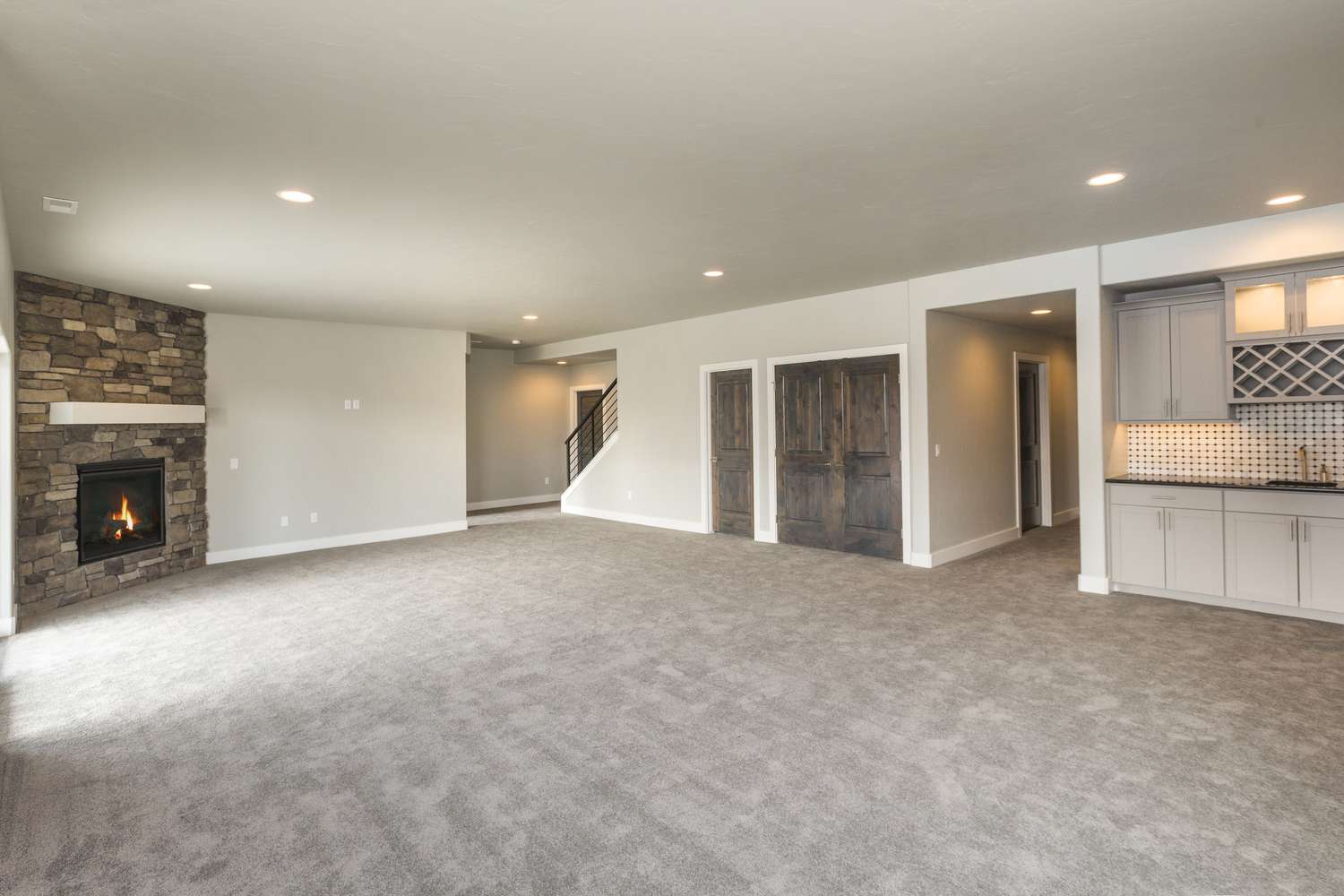
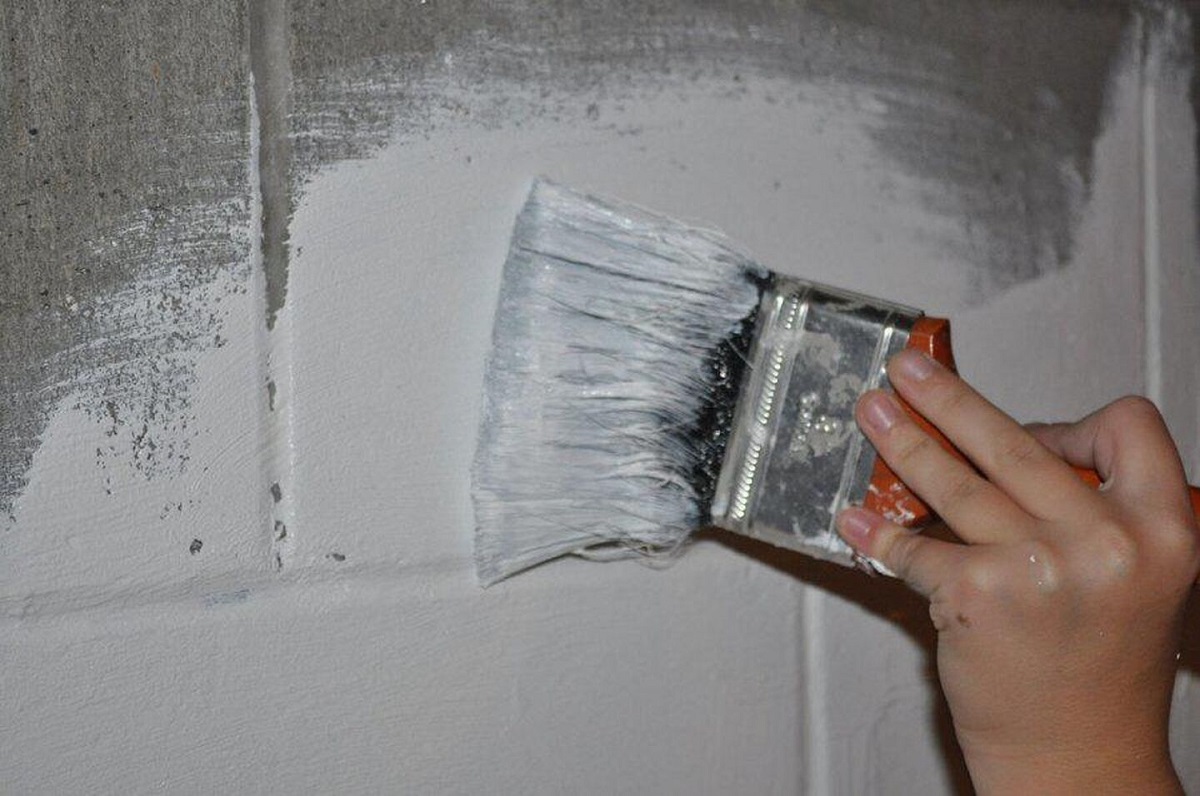
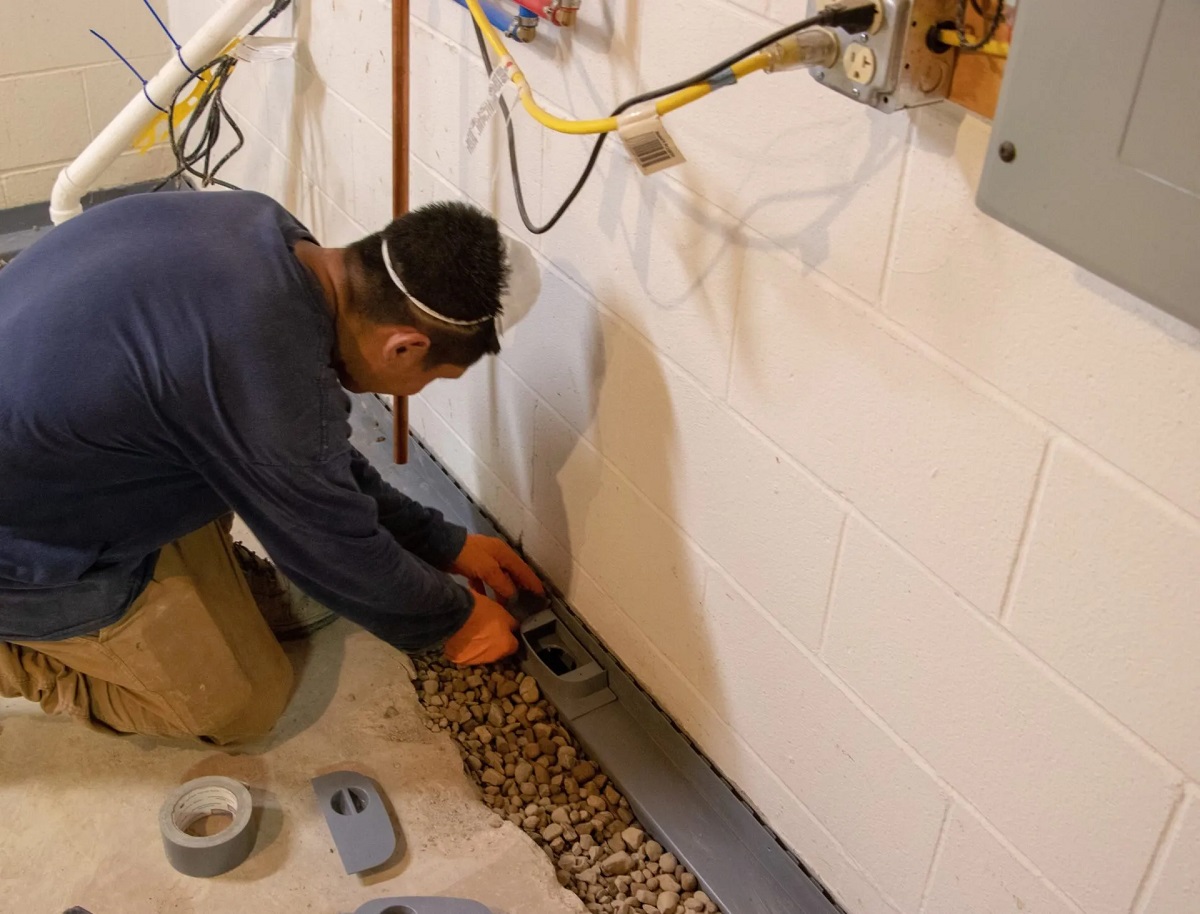
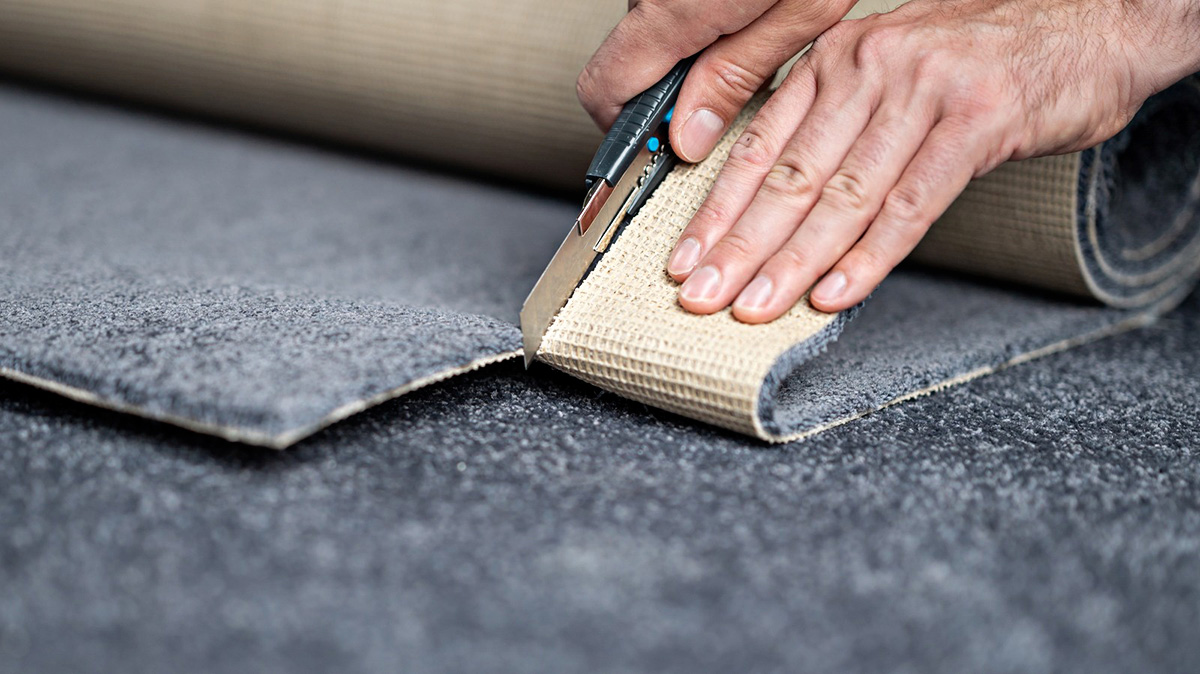
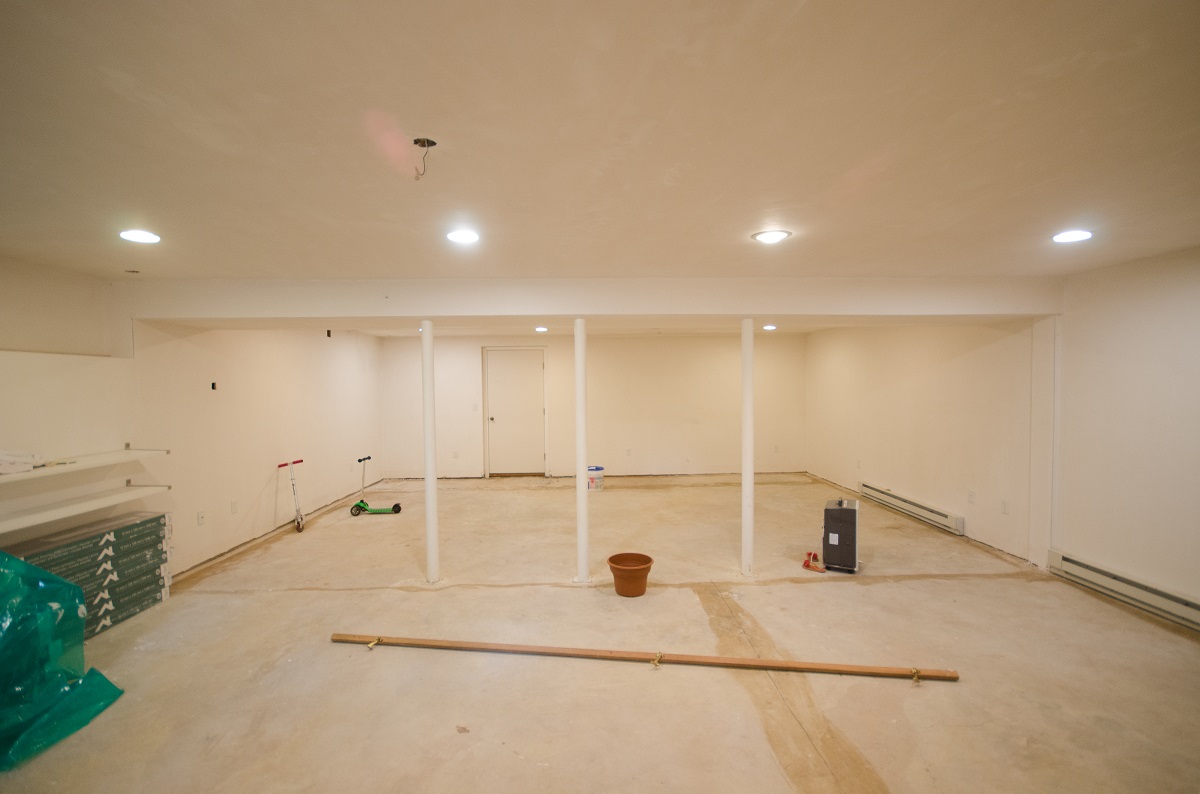
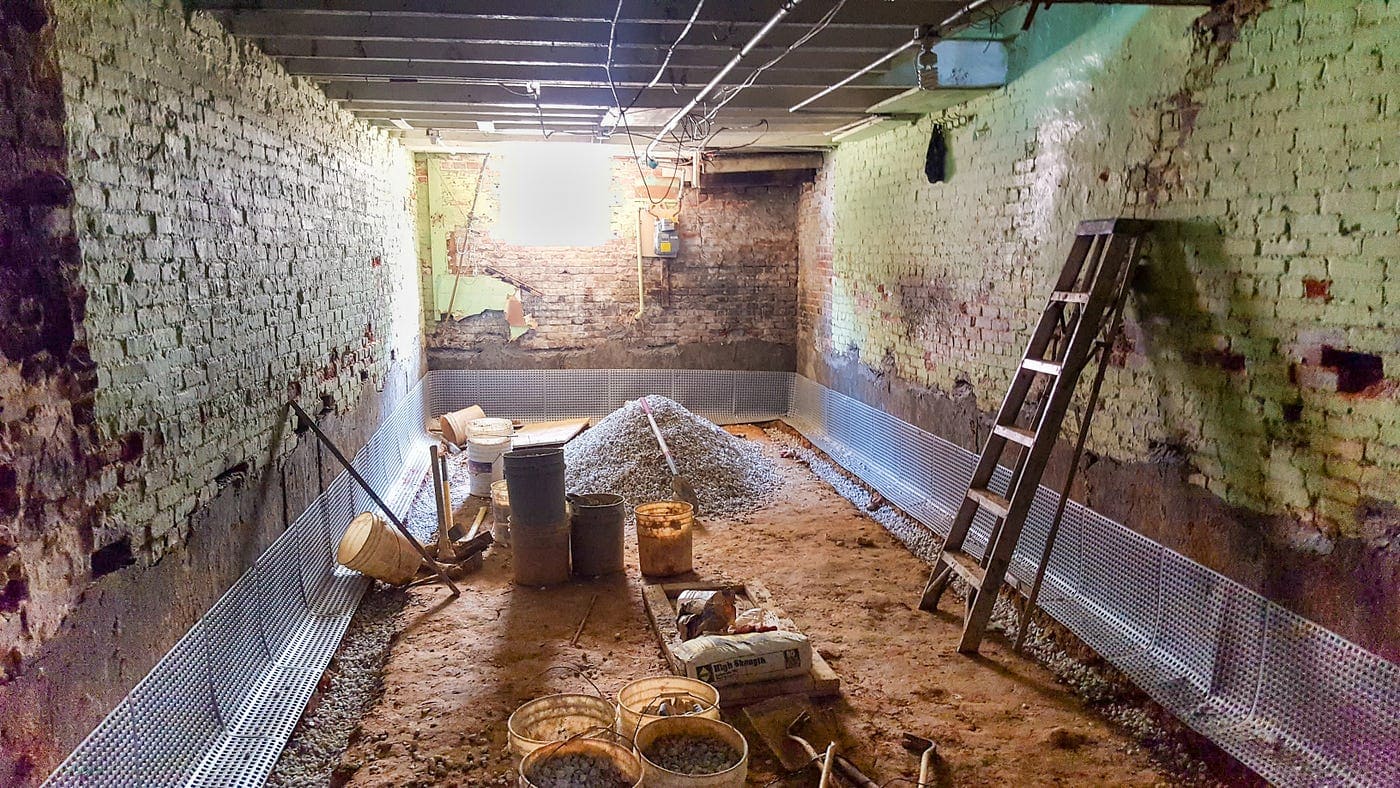
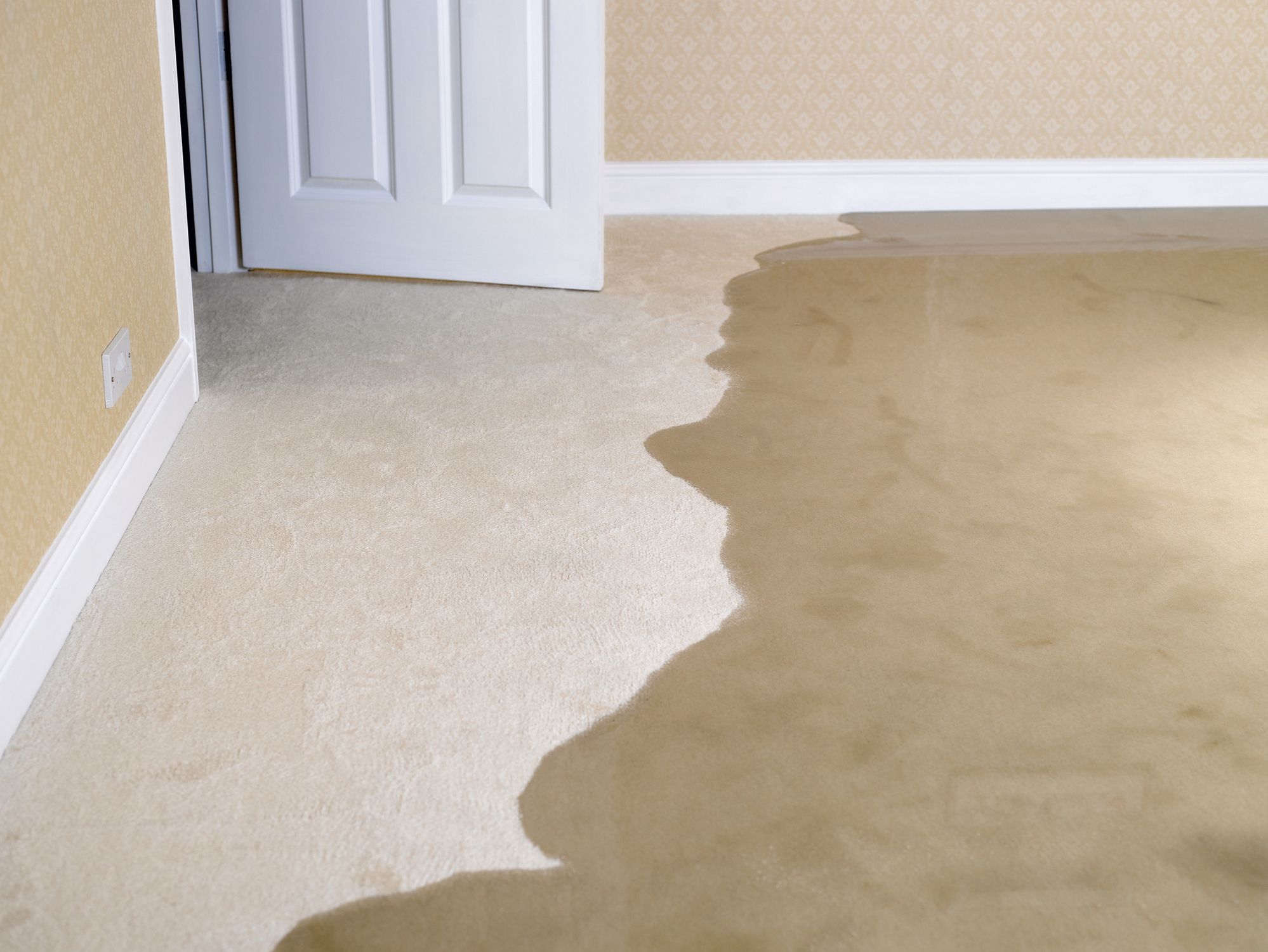
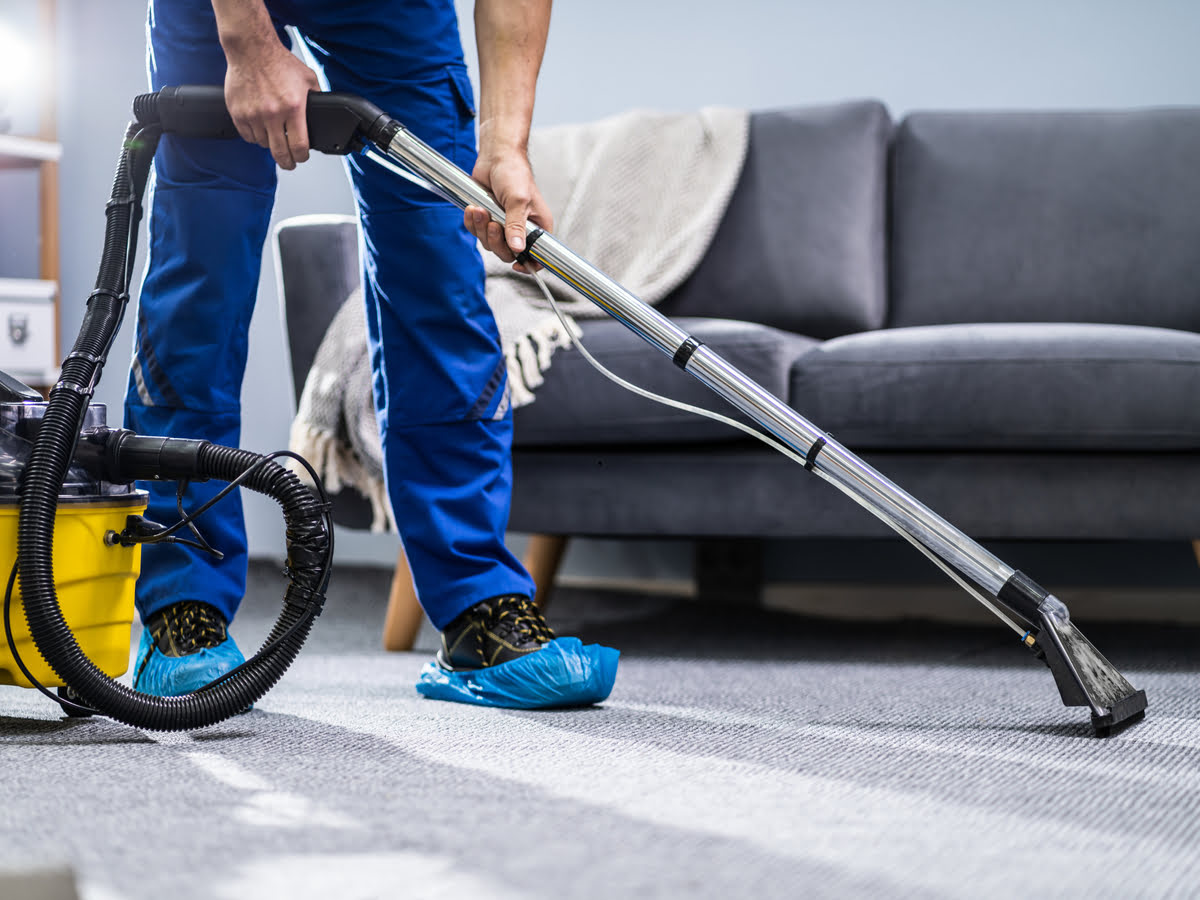
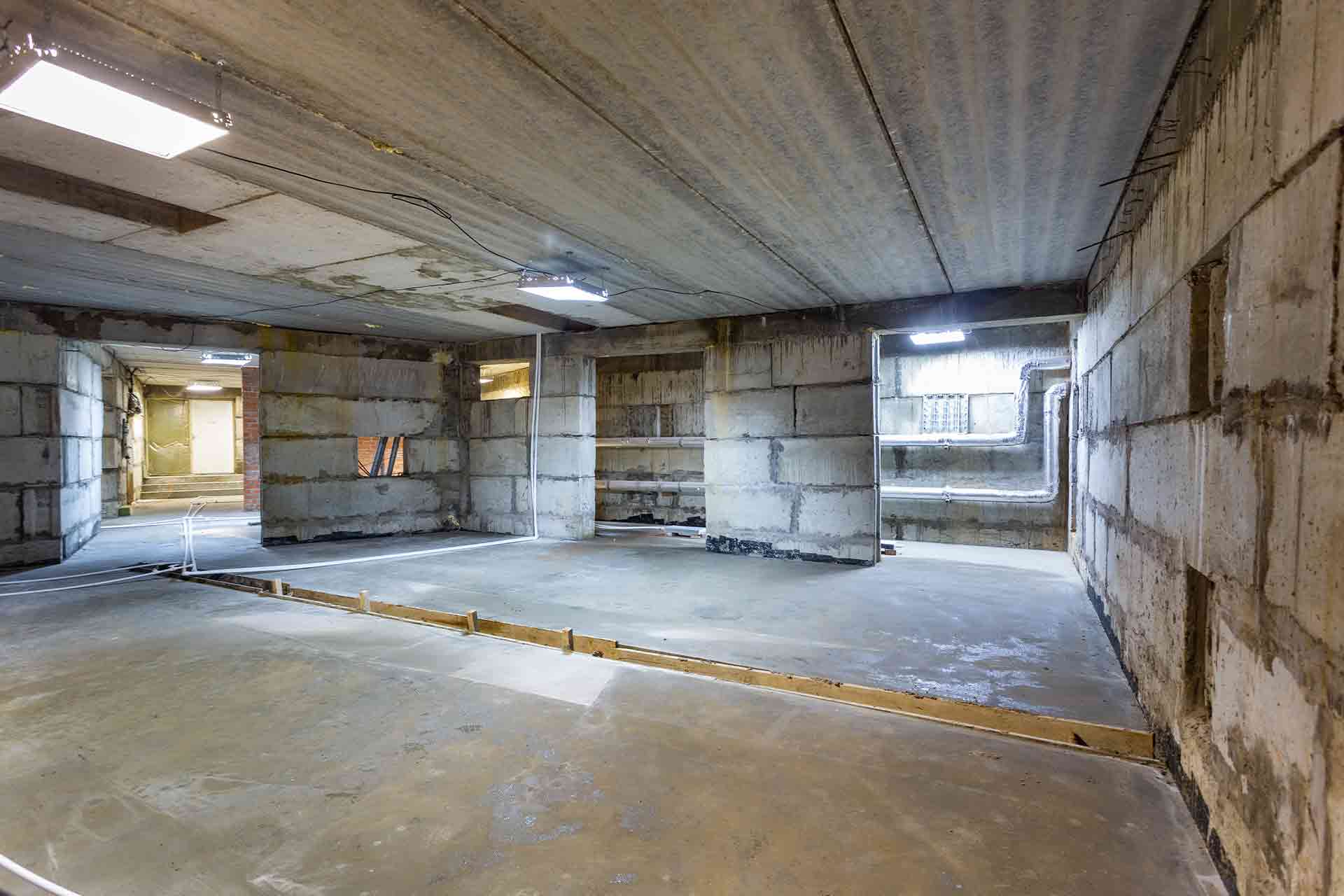
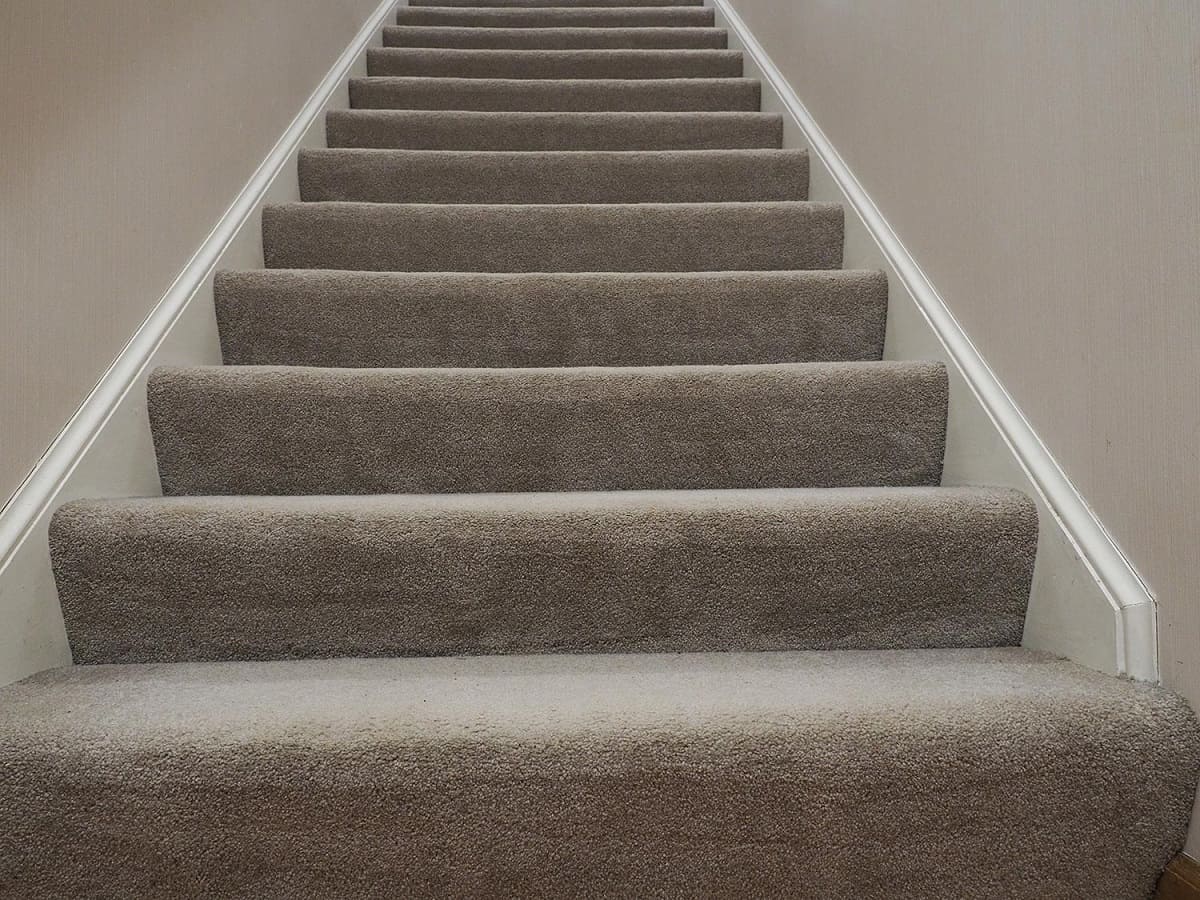
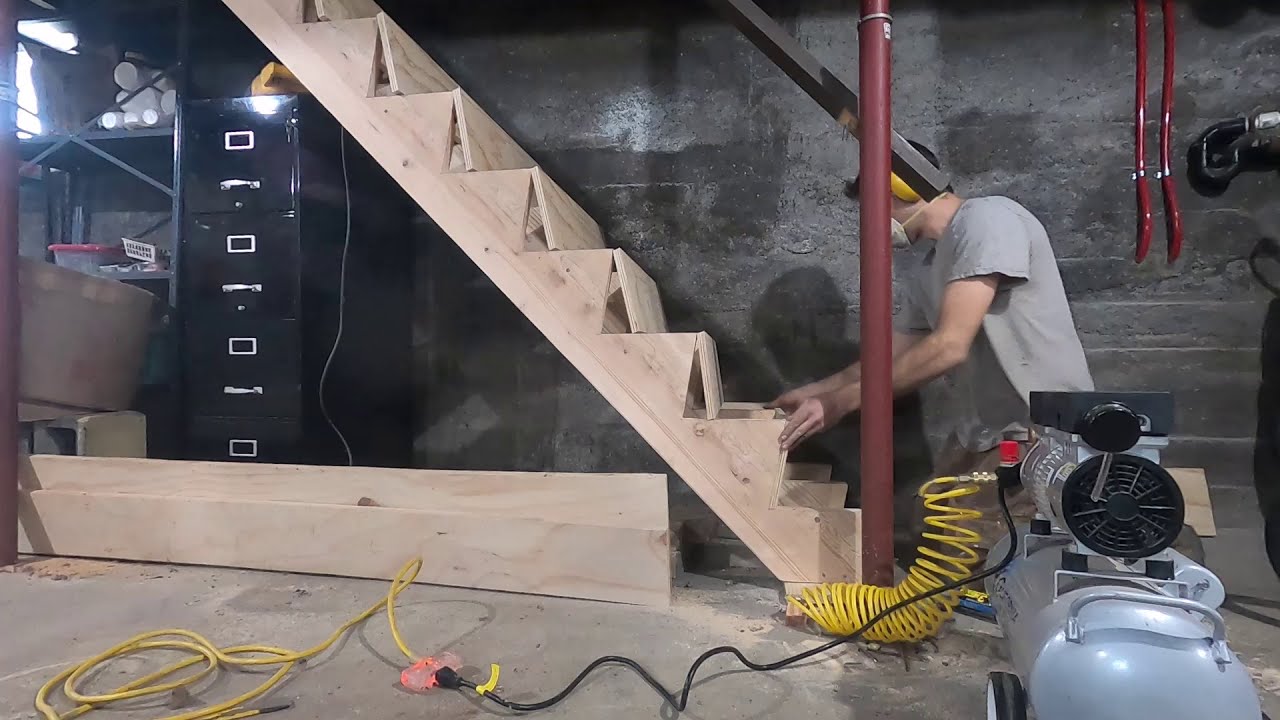
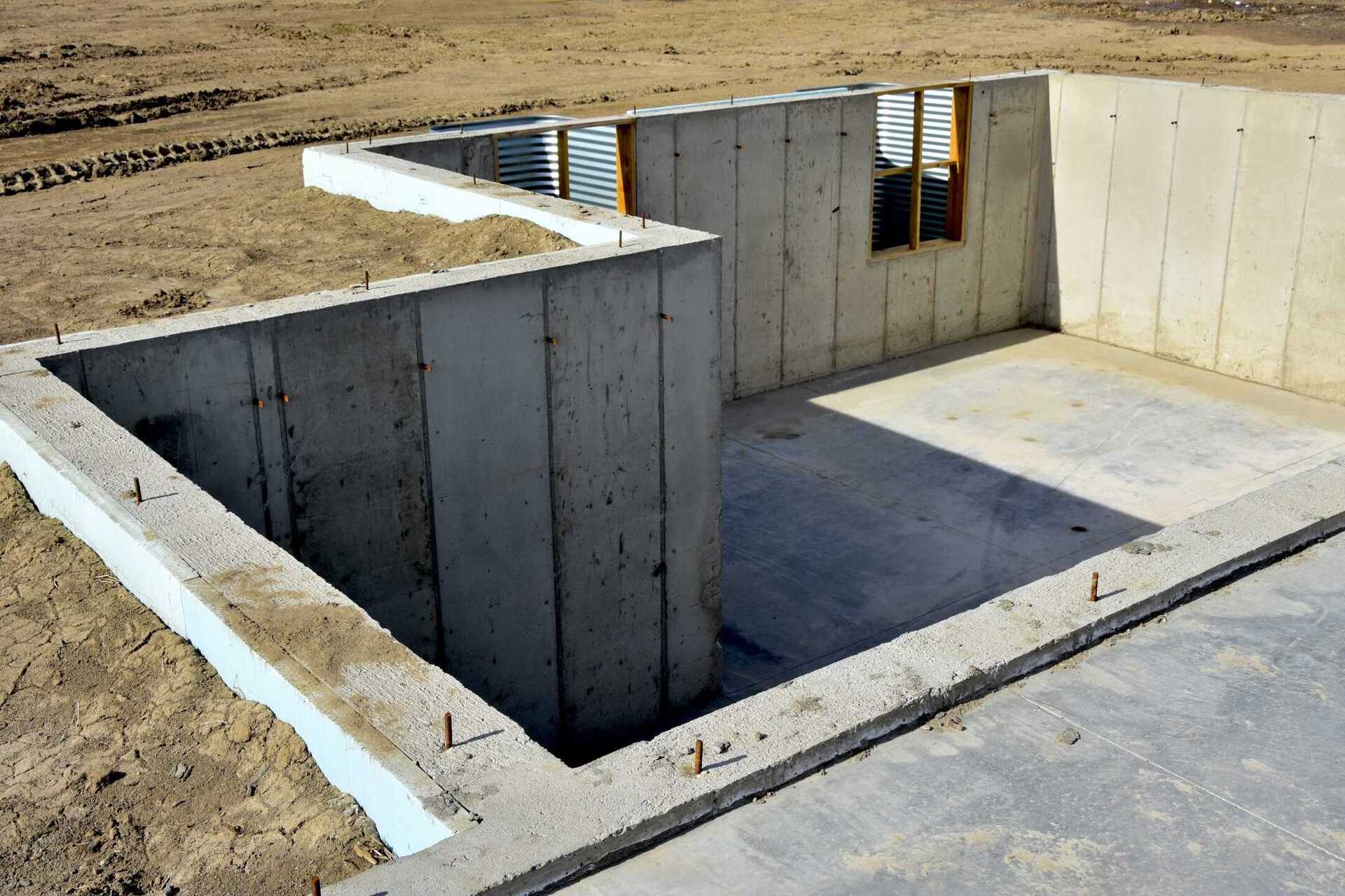
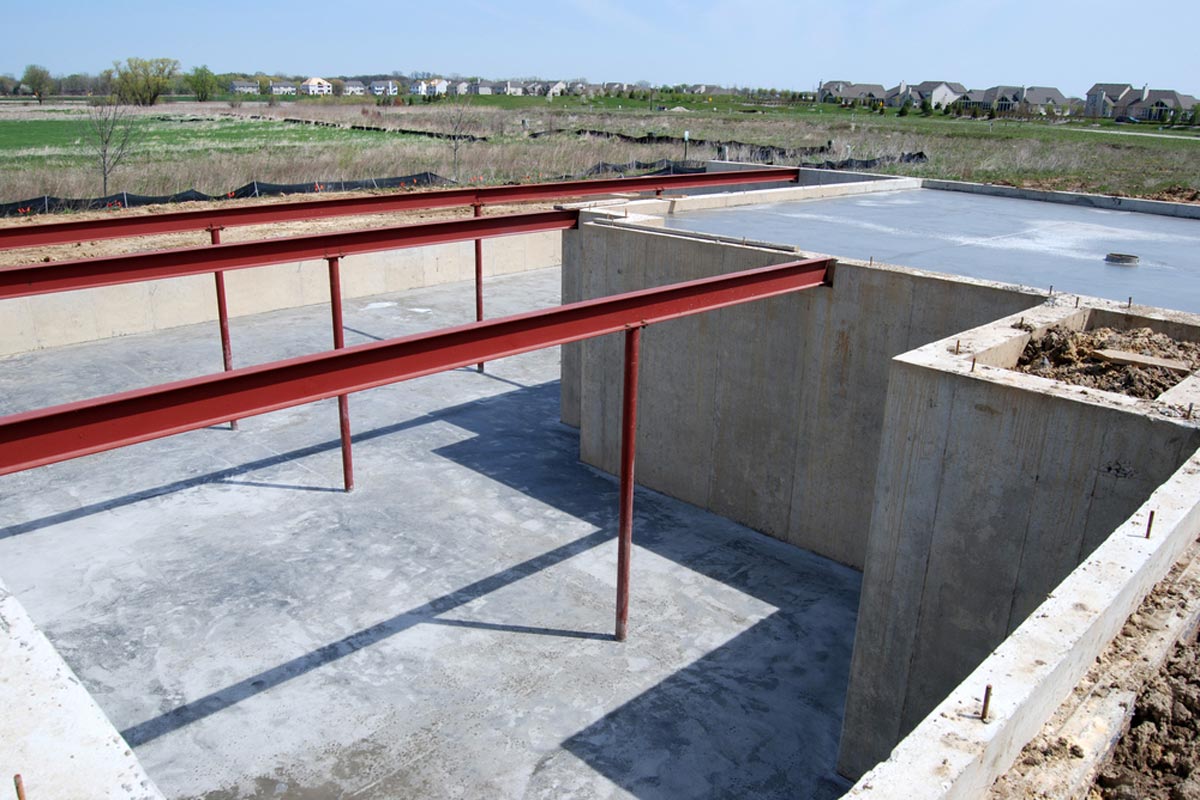

0 thoughts on “How Much To Carpet A Basement”